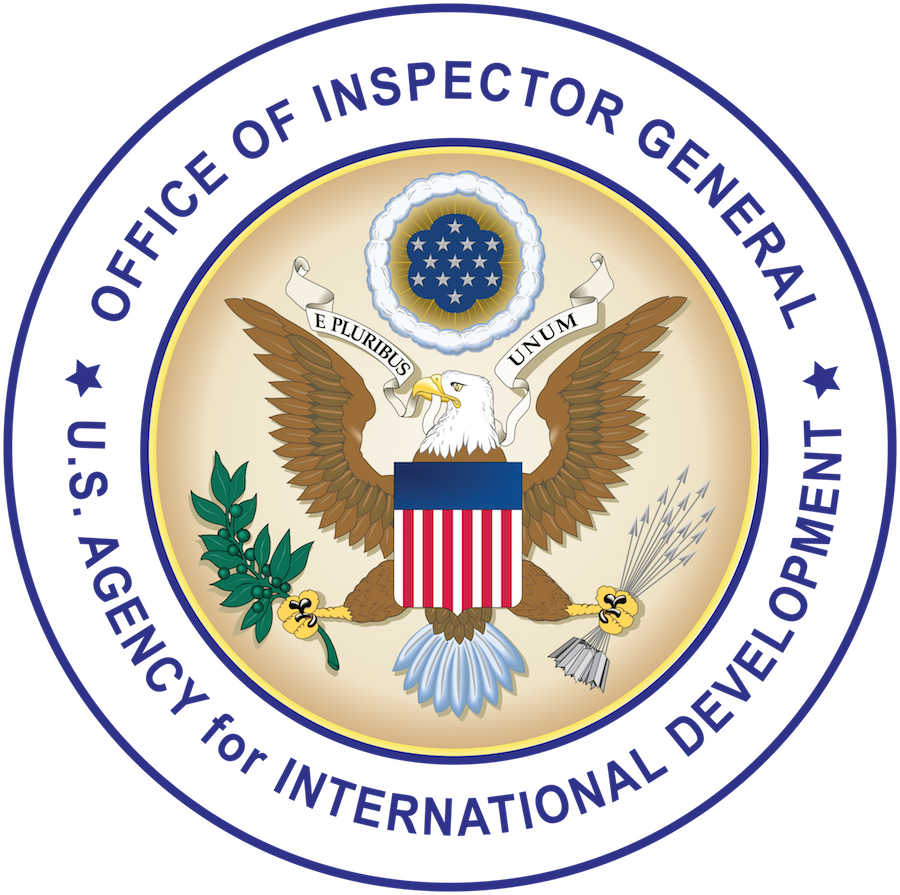Why We Did This Audit
Ukraine and Russia are key food suppliers to global markets, accounting for 12 percent of food trade worldwide from 2019 to 2021. Russia’s full-scale invasion of Ukraine in February 2022 exacerbated food insecurity beyond Ukraine’s borders, impacted the global food system, and contributed to worldwide increases in agricultural commodity prices. In May 2022, Congress passed the Additional Ukraine Supplemental Appropriations Act, 2022 (2022 AUSAA), which included Economic Support Funds for Ukraine and other countries experiencing higher risk of food insecurity. USAID was responsible for efforts to address food insecurity, including coordinating with the Department of State (State) to prioritize AUSAA funding and programming $655 million of this funding.
We conducted this audit to (1) identify the process USAID’s Bureau for Resilience, Environment, and Food Security (REFS) followed to consider the risk of food insecurity and other factors when prioritizing 2022 AUSAA funding recommendations and assess to what extent REFS documented this process; and (2) assess how USAID adapted and measured the results of its agricultural programming to address the impacts of Russia’s full-scale invasion of Ukraine.
We reviewed Agency efforts from the date Congress passed the 2022 AUSAA on May 21, 2022, through September 30, 2024, and focused on agricultural activities. In addition, we selected a judgmental sample of three USAID missions in Honduras, Egypt, and Kenya and East Africa that received 2022 AUSAA funding for agriculture activities.
What We Found
REFS used a risk assessment and other factors to help prioritize 2022 AUSAA funding and generally documented key steps. The bureau developed a country-level risk assessment to rank countries at risk of increased food insecurity and prioritize 2022 AUSAA funding for operating units. This assessment included countries’ underlying vulnerability; exposure to Russia’s full-scale invasion of Ukraine; and the potential impacts of higher food, fertilizer, and fuel prices. REFS used the results of its risk assessment to develop a list of 2022 AUSAA funding allocation recommendations for the operating units. While REFS documented several steps in its process to prioritize 2022 AUSAA funding, we could not verify how the bureau made certain decisions for prioritizing 2022 AUSAA funding recommendations because USAID’s workforce was placed on administrative leave in February 2025.
USAID largely used 2022 AUSAA funding to adapt existing agricultural programming to address the impacts of Russia’s full-scale invasion of Ukraine and measured results as part of ongoing food security activities. USAID programmed the majority of 2022 AUSAA funding into existing agricultural activities to help address food insecurity in countries impacted by Russia’s full-scale invasion. We found that each of the three selected missions took steps to adapt their existing agricultural programming to address rising food insecurity. The Agency measured the results of agricultural activities overall but could not measure activity results specific to the programming of 2022 AUSAA funding because most of these activities also received funds as part of Feed the Future—the U.S. government’s initiative launched in 2010 to combat global hunger and food insecurity.
What We Recommend
We did not make any recommendations. However, we suggest the administration consider documenting all key decisions when determining allocations for any future emergency supplemental funding to enhance the transparency of the process for stakeholders.
